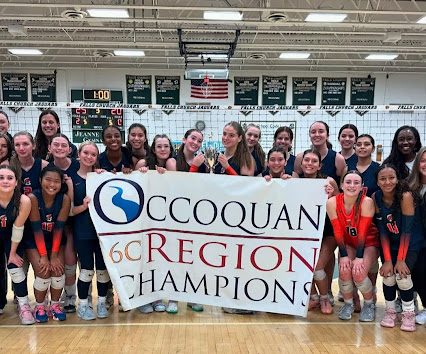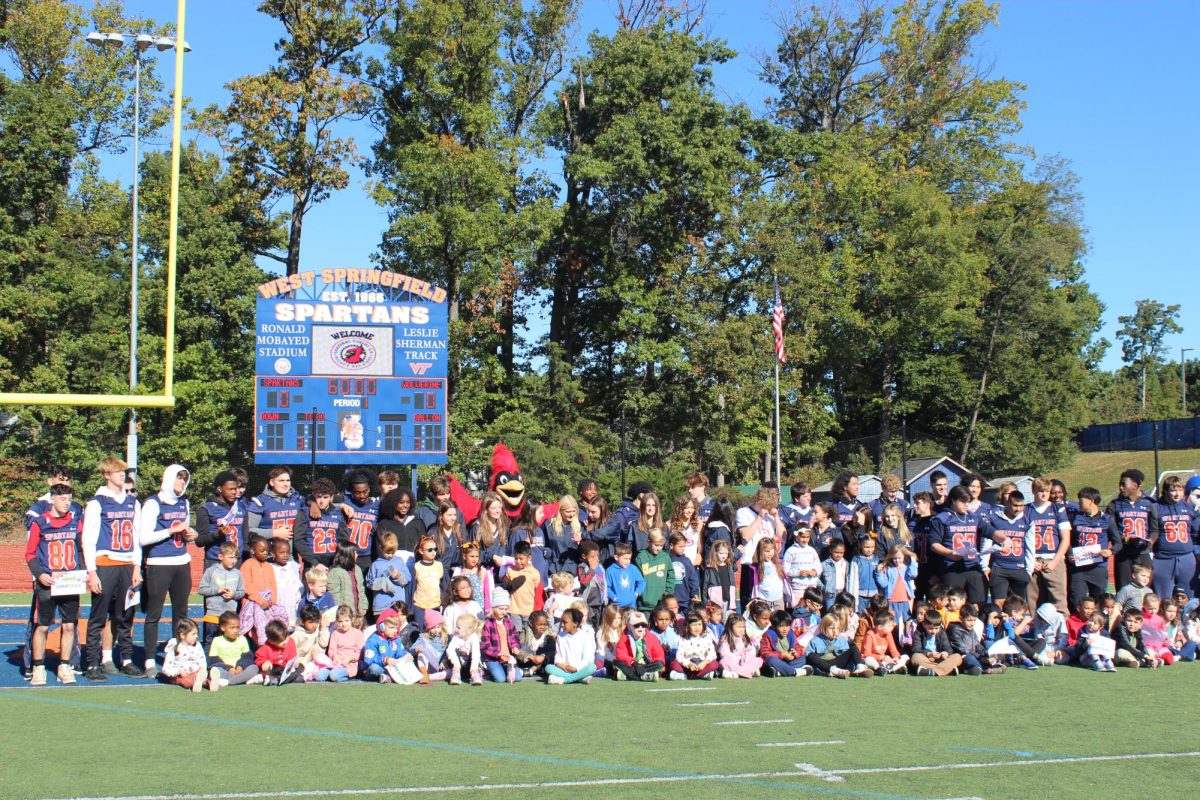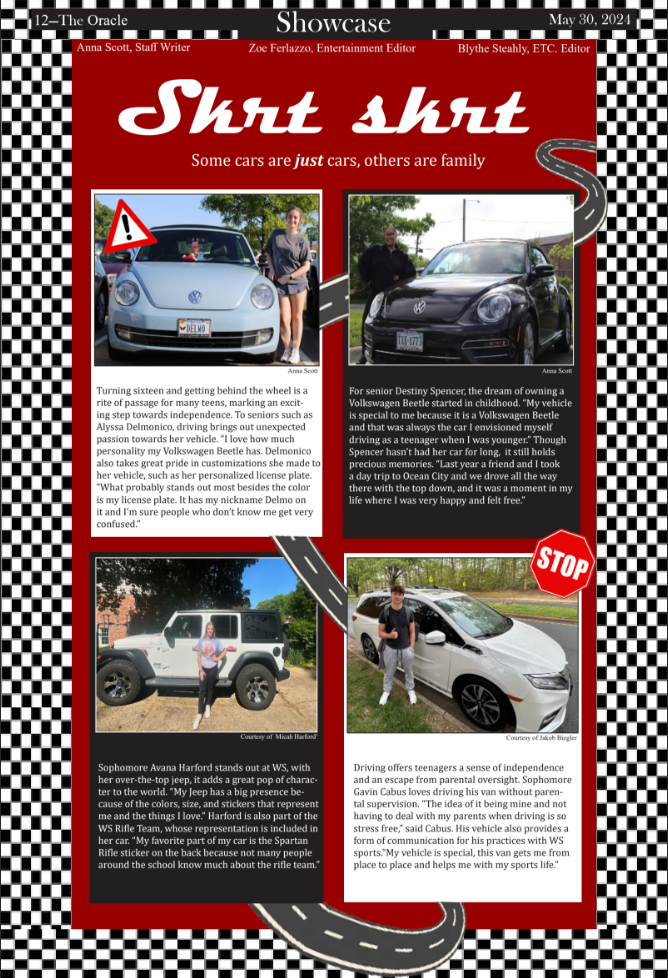Class selection already?
Editorial
February 19, 2019
The selection of courses for the upcoming school year is a difficult decision students have to make, with each class added to the selection sheet determining how the next school year will be spent.
The fact of the matter is that many students do not know exactly what they are getting into when they opt for a specific course only halfway through the school year. FCPS decides when course selection will occur, and the school needs to know how many students are interested in each course to make scheduling decisions but selecting course at the start of second semester is a challenge for many students. The WS faculty, especially Student Services and teachers, works to provide information to help students and parents with course selection, but the administration could refine the selection process to better help students choose classes that are suitable for them.
The current process allows students to preview their potential future classes at the Curriculum Fair, which takes place during a Learning Seminar (LS) soon after Winter Break. On this day, students are only allowed to select four classes to preview from the classes that they are considering for next year. Not only does this process provide only a limited perspective of four of the seven classes that students will end up taking, but many times students do not yet know if they are ready to move on to the next level of a class.
Multi-year courses such as foreign languages, history, physics, and math require students to have a grasp of the concepts in the previous year’s class to even have a chance of succeeding in the next. By May 11, the deadline for any schedule changes, students in non-AP classes have not fully completed the year’s curriculum. As a result, if a course introduces core concepts after this date that students are unable to grasp, they will be forced to enter a class that is too difficult for them in the fall.
This brings up another perspective: students should be able to understand their academic limits by this point in the year and be equipped with enough knowledge about which classes to choose, as well as the level of difficulty they are able to handle. However, things are prone to change even in short time periods – in addition to new concepts being introduced, students are likely to change their minds easily about what interests or doesn’t interest them. Some students may choose a class that they heard their peers say is easy, before discovering that it isn’t easy for them or that they would’ve preferred a more intellectually stimulating class. Especially at this age, permanency can seem intimidating.
While the current schedule deadline is set by the county, WS can ease the process for students by providing them with adequate information about each class beyond what is currently given. During the Curriculum Fair, current students in each class could volunteer to stay for the presentations and explain to potential new students about their own experiences in the class, offering a realistic perspective on the course. Some courses have short videos posted on the school webpage, but each course could include a longer video that includes interviews with current students and more details about the class requirements. The entire process should be guided by teachers, current students, and peers who are always available for advice.
Ultimately, however, students should understand that no matter what courses they choose, it won’t be the end of the world. Even being in a class that isn’t an exact fit for them is an opportunity to explore different subjects and learn more about who they are.




